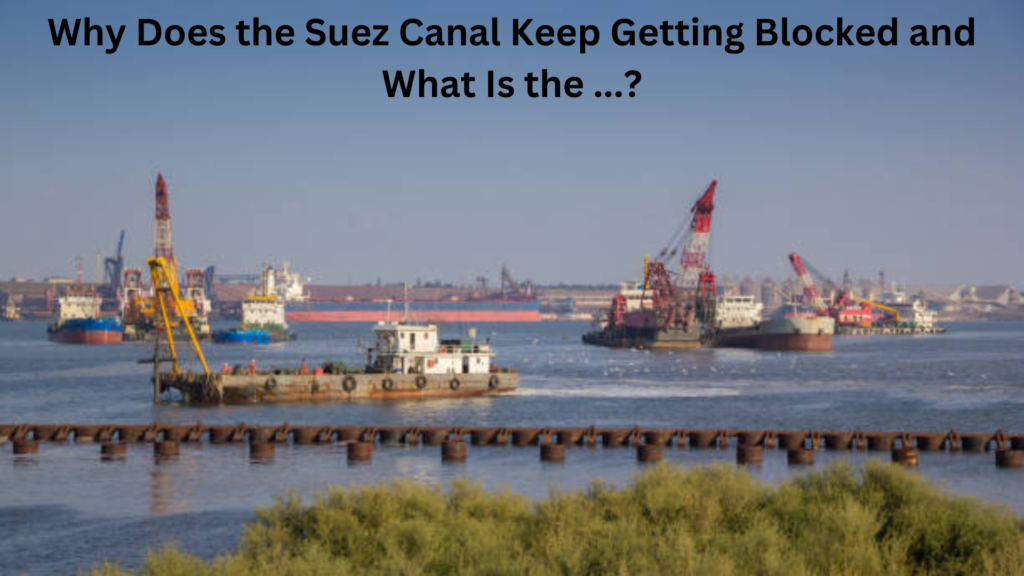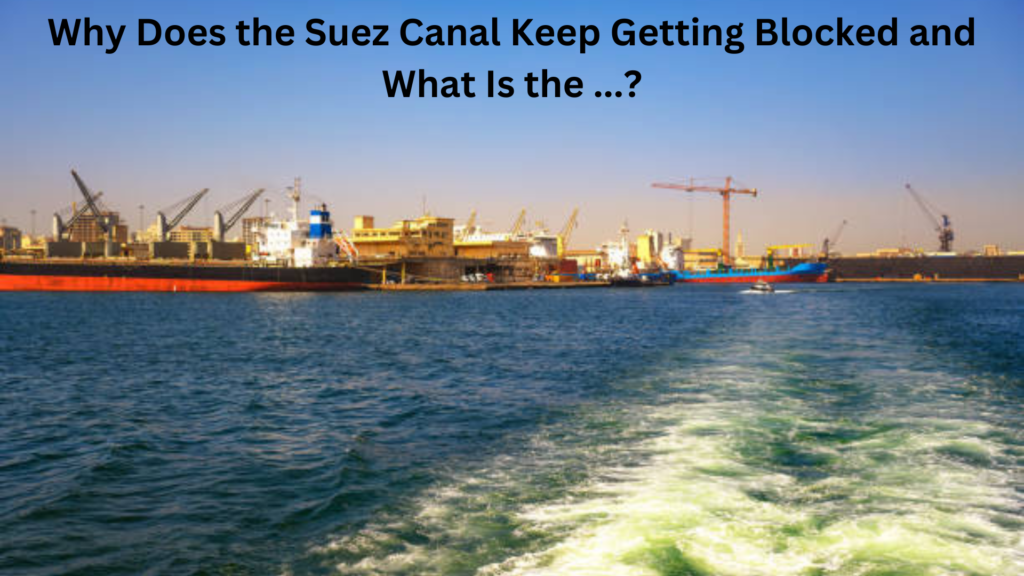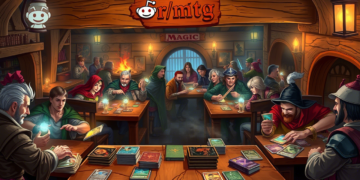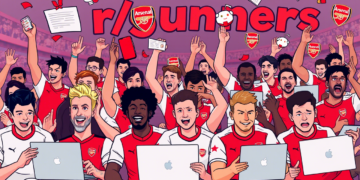Due to unexpected blockages, the Suez Canal, a cornerstone of global trade, has frequently been at the center of attention. These incidents not only disrupt maritime traffic but also cause significant economic ripples across the world. This article will explore Why Does the Suez Canal Keep Getting Blocked and What Is the … of such disruptions.
A Vital Global Trade Route
The Suez Canal, located in Egypt, is one of the most critical waterways in the world. It connects the Mediterranean Sea to the Red Sea, providing the shortest maritime route between Europe and Asia. Handling over 12% of global trade facilitates the transit of goods ranging from oil to consumer products. However, this strategic artery has vulnerabilities.
Reasons Behind Frequent Blockages
Narrow Width
A significant portion of the Suez Canal is narrow, limiting it to one-way traffic in many areas. Ships must often travel in convoys, which increases the risk of accidents. As seen in the infamous Ever Given incident, any miscalculation can result in a vessel running aground.
Strong Winds and Currents
The region’s climatic conditions, including high winds and unpredictable currents, pose challenges for navigation. Large container ships with towering stacks of cargo are particularly susceptible to these forces, making them harder to control.
Human Error and Technical Failures
Navigating the canal requires precision and expertise. Mistakes by crew members, coupled with potential technical malfunctions in ship systems, can quickly lead to accidents. In some cases, outdated equipment and poor communication exacerbate the risks.
Increasing Vessel Size
The global shipping industry’s trend towards larger container ships adds to the difficulty. Modern vessels, often several hundred meters long, struggle to maneuver within the canal’s constraints. Their immense size also means that any incident involving them can have a more pronounced impact.

Consequences of Blockages
Disruption to Global Supply Chains
The Suez Canal’s role in global trade means that any blockage can delay the delivery of goods worldwide. During the Ever Given incident, hundreds of ships were left waiting to transit, causing shortages and delays across industries.
Economic Losses
Every hour of canal closure translates to millions of dollars in losses. Businesses dependent on just-in-time supply chains face additional costs, while shipping companies incur penalties and rerouting expenses.
Increased Shipping Costs
Blockages force many ships to take alternative routes, such as the more extended voyage around the Cape of Good Hope. This increases transit times and adds to fuel consumption and shipping expenses, which are often passed on to consumers.
Geopolitical Strain
Given its strategic importance, the Suez Canal’s blockages can heighten geopolitical tensions. Countries dependent on uninterrupted trade through the canal may face increased economic pressures, leading to international disputes.
Efforts to Mitigate Risks
To reduce the likelihood of future blockages, authorities are undertaking several initiatives:
- Widening and Deepening the Canal: Expansions are underway to allow for two-way traffic in more sections, providing additional room for maneuvering.
- Enhanced Navigation Aids: Improved systems, including modern radar and GPS, aim to assist ships in navigating the canal safely.
- Training Programs: Enhanced training for pilots and ship crews ensures better preparedness for navigating this challenging waterway.
The Way Forward
While these measures offer hope, the inherent challenges of the Suez Canal and the growing size of vessels mean that blockages may only be partially preventable. However, the risks can be minimized by adopting proactive strategies and leveraging technological advancements.
Read Also : Accelerate Innovation by Shifting Left FinOps, Part 3.

Conclusion
Understanding Why Does the Suez Canal Keep Getting Blocked and What Is the … sheds light on the fragility of global trade networks. Each incident serves as a reminder of the canal’s critical role and the importance of ongoing improvements to ensure smooth operations. By addressing its vulnerabilities, we can aim to safeguard this vital trade route for the future.




































Thank you for your sharing. I am worried that I lack creative ideas. It is your article that makes me full of hope. Thank you. But, I have a question, can you help me?